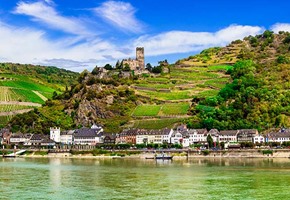
The best towns and cities along the Rhine River
13/05/2024 · By Sam Preece
Explore enchanting towns and cities along the Rhine River with Great Rail Journeys. Read our guide to the best destinations along this iconic river.
Read moreThe foundation of the town Wernigerode dates back to approximately the 9th century. Owing to its situation quite close to two trade routes over the Harz Mountains, the initially tiny village soon provided ideal conditions for settlement of trade and small crafts. The village developed a market place, and grew considerably, so much so that in April 1229 Wernigerode was awarded town privileges.
As a town Wernigerode continued to thrive, and the Town Hall was built in the 16th century, though its façade dates back to 1498. Wernigerode was absorbed into the Kingdom of Prussia in 1815. The town enjoyed another boost in the later 19th century, as its location in the beautiful Harz region ensured it became a popular tourist destination.
Wernigerode survived the Second World War largely intact, and became part of East Germany. However, it was one of the very few towns in the East that developed a prosperous economy. This was mainly because it was the only place in the Harz where Westerners were ever encouraged to stay. With reunification in 1990, Wernigerode maintained its reputation as a beautiful resort town, popular with visitors all year round.
Find out more with a free brochure and enjoy weekly travel inspiration and offers in our e-newsletter.
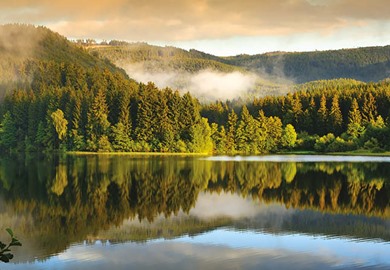
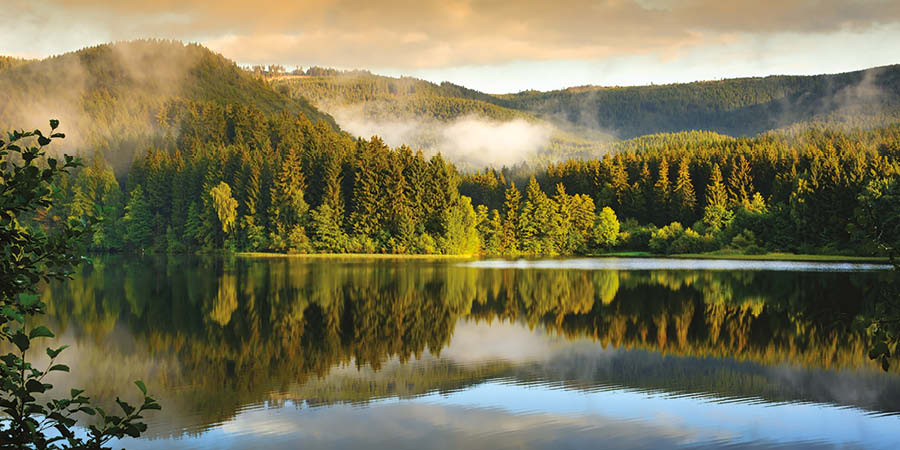
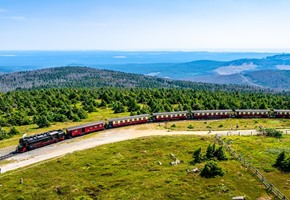
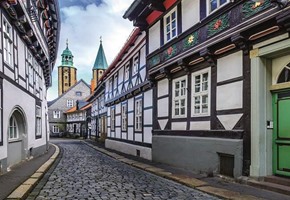
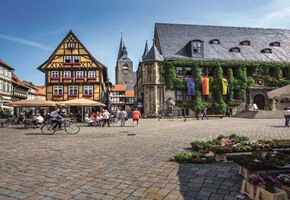
 (113 reviews)
(113 reviews)Embark on a voyage of discovery amid half-timbered towns, rolling mountains and gleaming rivers in some of Germany's most picturesque locations. Explore the medieval villages of Wernigerode, Quedlinburg and Goslar and journey to the peak of the Harz Mountains by historic narrow-gauge railway. Uncover the idyllic towns of Assmannshausen and St...
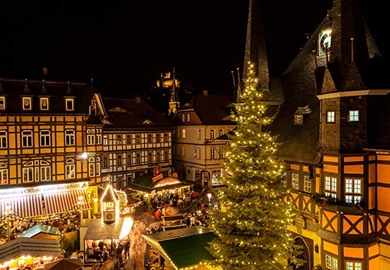
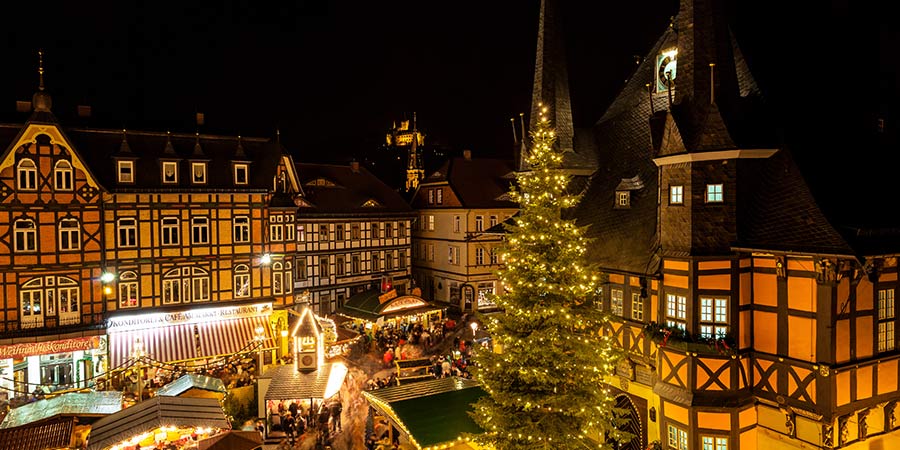
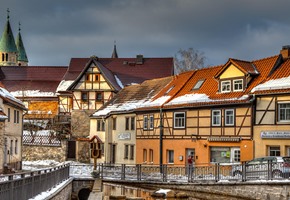
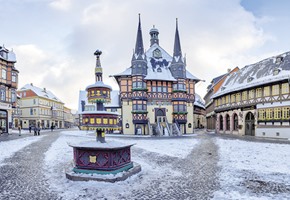
 (35 reviews)
(35 reviews)The Harz Mountains' medieval towns and picturesque landscapes are perfect for soaking up the traditions of Advent in Germany. Join us as we visit three of the region's traditional Christmas markets, UNESCO-listed Old Towns and enjoy a steam train ride through picture-book winter scenery to the summit of the Brocken, Germany's highest summit.
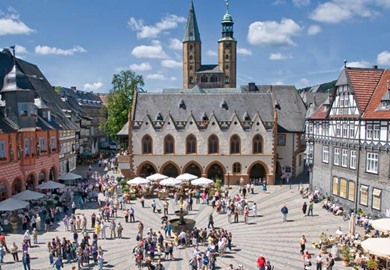
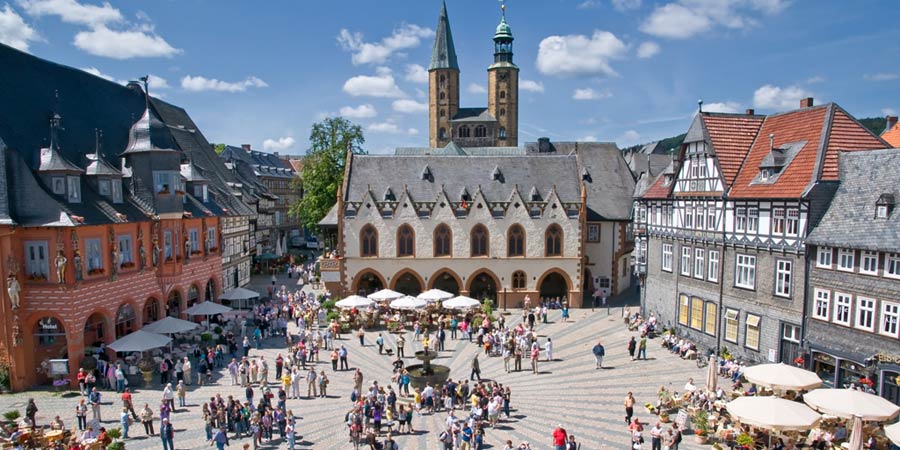
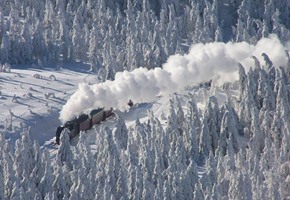
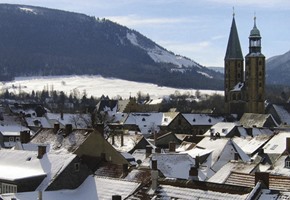

 (77 reviews)
(77 reviews)Join us on a magical winter journey amongst the scenic valleys and mountain peaks of Germany's Harz Mountains. Travel on two heritage steam trains, including the Brocken Railway, and discover World Heritage towns with medieval architecture and cobbled lanes. Our base is Wernigerode, a town with timber-framed buildings and a fairytale castle,...


